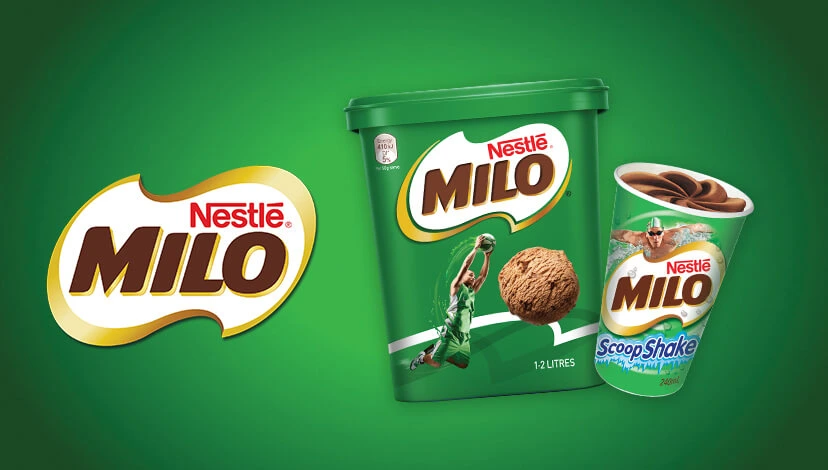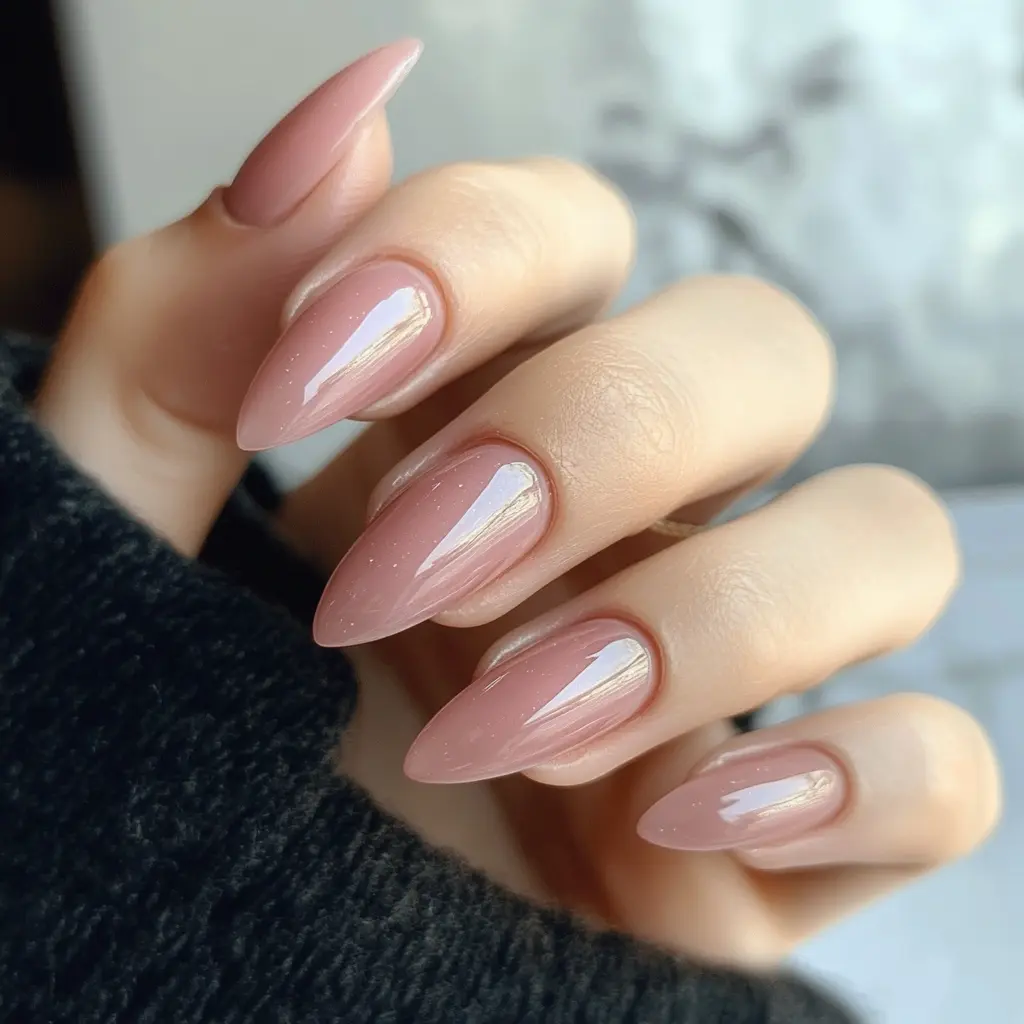
Couscous is a popular grain-like food that adds variety and flavour to many Australian homes. It’s quick to prepare, versatile, and often used in a range of dishes. Traditionally, couscous is made from semolina derived from wheat, raising the important question: Is couscous gluten free? This article explores whether couscous is suitable for individuals with coeliac disease or gluten sensitivity and provides alternative options for couscous lovers.
What is couscous?
Couscous is a staple food in many cultures, particularly in North Africa and the Middle East. Couscous is made from durum wheat, the hard wheat normally used for pasta and semolina flour and is traditionally served in fluffy, light grains as a side dish. It is high in many vitamins and minerals, such as selenium. Powerful antioxidant and a very important element of immune and thyroid function. One cup of couscous contains around half of the suggested daily amount of selenium. To make couscous, the durum wheat semolina is steamed into small granules.
Although it resembles a grain, couscous is technically a type of pasta made from semolina. Its texture is similar to rice or quinoa, which has contributed to its popularity in various recipes. However, because couscous is made from wheat, it is unsuitable for people with coeliac disease or gluten intolerance.
Is couscous gluten free?
Traditional couscous is not gluten-free, as it’s made from semolina, a flour derived from durum wheat, which contains gluten. However, there are gluten-free alternatives available that mimic the texture and versatility of couscous.
Is couscous safe for people with celiac disease?
People who have celiac disease should strictly avoid all forms of gluten to protect themselves from damage to their digestive system. Since couscous is made from durum wheat, it is unsafe for all people suffering from celiac disease due to the gluten it contains. Since couscous allows all sorts of symptoms, from mild discomfort to severe health problems, to manifest over time.
It holds onto the ingredient label in one’s food purchases for the individuals suffering from celiac. In most cases, however, couscous served in restaurants or packaged will have been cross-contaminated. Many couscous foods would also have been cross-contaminated from gluten during processing and cooking.
Gluten-free alternatives to couscous
For Australian gluten-intolerants looking for couscous substitutes both in texture and versatility, really consider these:
- Quinoa: A seed that yields delving in nutrients, which end up in cooking just like couscous with a somewhat nutty flavour; it is naturally gluten-free and high in protein.
- Rice couscous (or Rice granules): Rice couscous; it is a type of couscous which is made from rice flour and has a texture like that of traditional couscous. It can be used like couscous, which is a great option for those who can not consume gluten or have celiac disease. That is steamed and served as a side dish or used in salads and other recipes.
- Buckwheat: Quite unlike what it is named, yet it is gluten-free and can be quite hearty in texture to substitute couscous. Plus, it carries a rather hefty insulation in fiber as well as nutrient value.
- Millet: A naturally gluten-free small, round grain that could very well replace couscous in some such recipes. It is quite mild in flavour to fall within a variety of different dishes.
- Polenta (Cornmeal): Polenta, made from cornmeal, is another gluten-free alternative to couscous. It can be cooked in a variety of ways and has a slightly different texture but can be a suitable substitute in many dishes that call for couscous. Polenta can be served soft or firm and is highly versatile in cooking.
- Gluten free couscous: Couscous is also available from some manufacturers who create it from gluten-free grains such as rice flour, cornmeal, and millet. It mimics traditional couscous in its general appearance and texture but it is safe for gluten-intolerant individuals.
Availability of gluten-free couscous in Australia
Most traditional couscous is made from wheat and contains gluten. However, gluten-free varieties made from alternatives like rice or cassava are available from some manufacturers. While major supermarket chains such as Woolworths and Coles may not stock gluten-free couscous, they often carry options like quinoa or rice.
A wider choice of cheese products can be found in health food shops or online digesters. All free product labels should be checked for gluten-free certification.
Tips for avoiding gluten in your diet
If you are following a gluten free diet, either because of celiac disease or gluten sensitivity, here are some tips that can come in handy to avoid gluten in your meals:
- Read ingredient labels carefully: Many foods somehow hide gluten. Always look at the ingredient list and find out whether it has any wheat, semolina, couscous, or bulgur, which are wheat-manufactured products.
- Buy Only Certified Gluten-Free Products: Buying products labeled as “gluten-free” is key; when in doubt, choose foods made with naturally gluten-free ingredients such as rice, corn, and quinoa.
- Cross-Contamination: When preparing food, avoid cross-contamination. Use separate utensils, cutting boards, and pots when cooking gluten-free meals, especially if you’re preparing both gluten-containing and gluten-free foods.
- Cook at home: The most reliable way to ensure a gluten-free meal is to put it in the hands of the person for whom it is made. That way, you know all the ingredients used in the cooking work and you also avoid all possible contamination.
Conclusion
Couscous, made from durum wheat, is not gluten-free and should be avoided by those with coeliac disease or gluten sensitivity. It is, however, possible to find gluten-free alternatives such as quinoa, rice couscous, or millet and use those instead of couscous. The key here, when choosing gluten-free products, is to make sure to read the labels on them carefully and buy those that are certified gluten-free. With these in place, one can still enjoy a myriad of delicious dishes while taking gluten sensitivity into account or even celiac disease.







